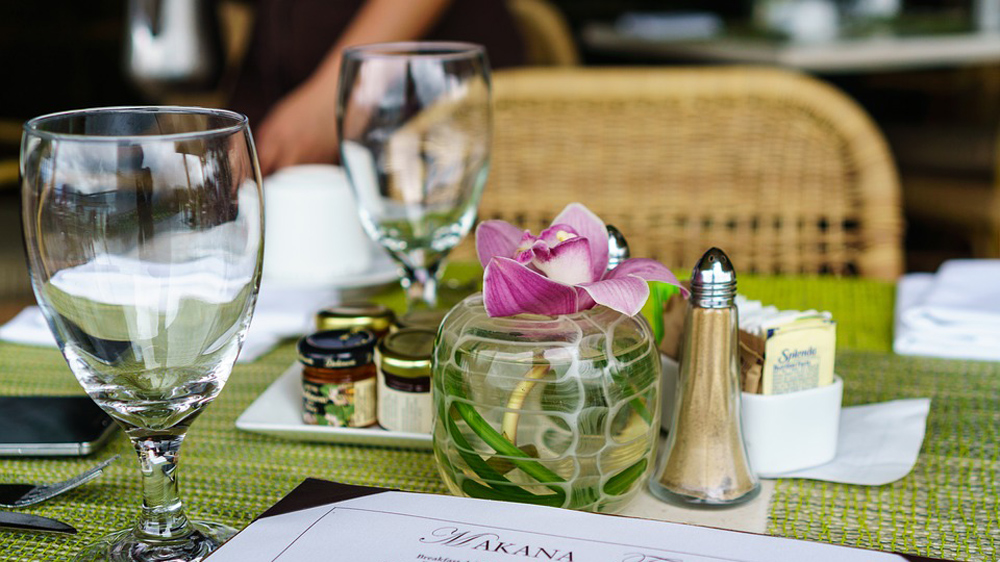
A question that troubles all entrepreneurs entering the hospitality business for the first time is ‘how to start a restaurant and take it to success?’ Obviously, the answer to this isn’t rocket-science, but if given a careful thought then it is quite simple to comprehend. The eating out habits in India have been changing drastically and are pushing the sector to grow at Rs 4,98,130 crore by 2021, hence inviting more entrepreneurs to invest in the market.
According to NRAI food service data, India’s private final consumption expenditure accounts for 60 per cent of the total GDP and is predicted to reach $2.4 trillion by 2021, surpassing the developed countries like the UK, France and Italy. These changes are not only fostering the sectoral growth but also enhancing the dining experience, where consumers are looking for more than just the food, but also the overall experience.
Table For Two
The fine dining segment remains a niche segment in India mostly restricted to top hotels for the past 15 years, but with people becoming experiential in nature they have pushed the boundaries of the segment by bringing it to standalone market. Though, the segment still contributes about 35 per cent revenue because of its premium nature, which draws a whole lot of money. Today, the fine dine industry accounts to Rs 530 crore in chain market and approximately Rs 1,815 crore in the organised standalone segment. The market is heavily influenced by affluent consumers with constant innovation, low shelf life and a high operational cost.
Focused on high quality ingredients, flavours and a specialized dining, the fine dining segment is typically dominated by standalone brands with a presence of few international high-end dining restaurants like Hakkasan, Yauatcha, amongst others. “Standalone restaurants are doing well. People are travelling more and so awareness about foreign cuisine and a lot of ingredients is growing with appreciation of new ideas,” points Chef Vikas Seth, Culinary Director, Lounge Hospitality.
Fun Dining
Today diners are no more looking for a dining experience, for them dining has become a fun. As per NRAI food service report, around 25 per cent diners today are fun-seekers, who are out on an experience. And with the opportunity that the market holds, the casual dining segment is flourishing rapidly at 21 per cent to reach Rs 17,245 crore by 2021. The constant growth in the segment has pushed it to break down into two major segments -- Affordable Casual Dining Restaurants (ACDRs) inviting QSRs to venture into the segment and Premium Casual Dining Restaurants (PCDRs), where luxury dining restaurants are venturing. “Yellow Chilli is our casual dining brand with great food at value offering. It’s a neighborhood Indian food brand, which we want to populate across the world. Overall, we have Rs 200 crore revenues across all the restaurants and brands, and we can take it to much higher level,” points Sanjeev Kapoor, Celebrity Chef and Owner at Yellow Chilli restaurants, which has a single unit investment cap of Rs 1 crore.
This segment has good returns and margin; there are lots of domestic players, who are venturing into the segment. Driven by innovative menus, quality food, presentation and plating, this segment is running on speciality cuisine and theme-based menus. “I don’t think there is any competition in the food we serve as it is entirely different from what it was before. Nobody in India serves rotisserie chicken and has no flame kitchen. We are not adding oil into food,” says Rajeev Chawla, Partner at Troika Hospitality India, who has brought the casual dining chain Kenny Rogers Roasters to India.
Copyright © 2009 - 2024 Restaurant India.









